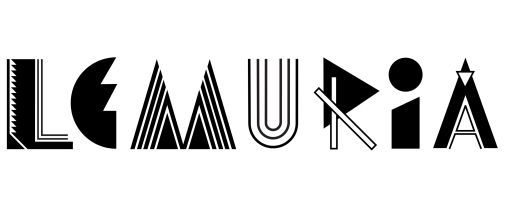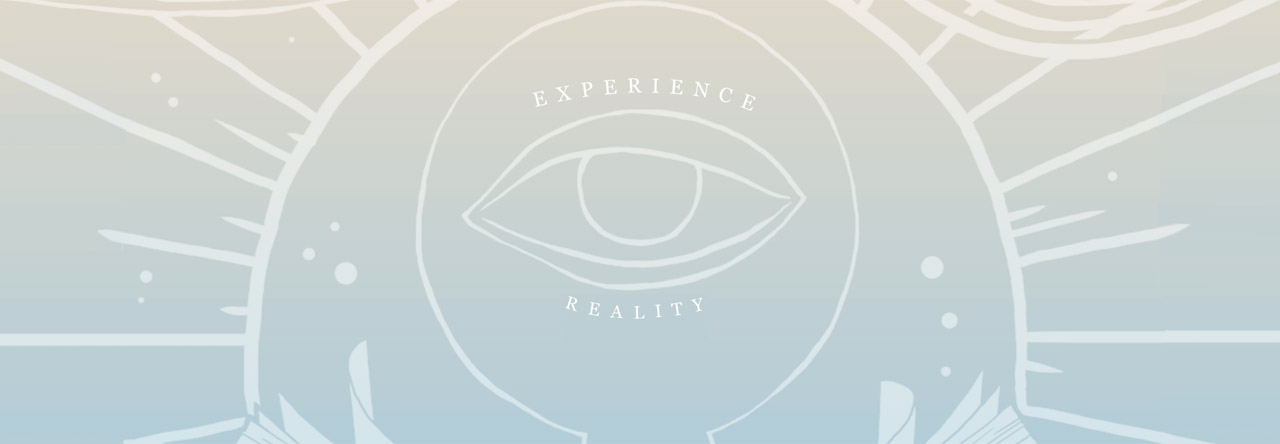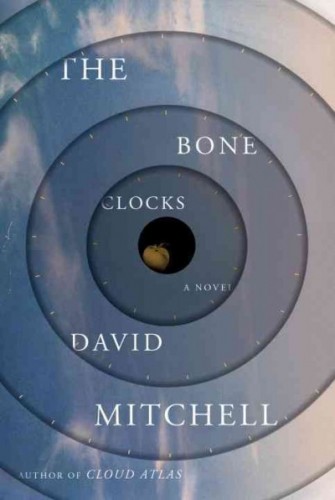 How were you able to pick what would go into the book from each artist’s expansive works? So many options!
How were you able to pick what would go into the book from each artist’s expansive works? So many options!
N: We tried to work individually with each artist or craftsman to figure out what example of his or her work made the most sense to go in the book, so it varies from artist to artist. For some of the artists, such as Kristen Ley at Thimblepress or Andy Young at Pearl River Glass, we simply photographed what they were currently working on in their studio. With Fletcher Cox, we went to a home in Ridgeland where he has created a large quantity of furniture for the owner and helped design the house. For Bebe, we knew we wanted to include a photo of the iconic “Bebe” bird. The primary focus of the book is showing the artists in their studios, however, so in addition to showcasing their work we always ending up photographing whatever they were currently doing.
Do you feel like having backgrounds as booksellers lent itself to the process of putting together a book?
N: Absolutely. I know first hand that everyone, no matter what, is going to judge the book by the cover, and this is especially true with an art book. I could write the best profile essays in the world and if the book was unattractive it would not sell. When I worked at Lemuria I spent a lot of time in Oz selling children’s books, and I noticed how people gravitated towards excellent illustration and design.
E: I feel like Nell and I have a grasp on what people look for in a book, having gained
that general knowledge from working in Lemuria. After selling thousands of books you
kinda start to get a feel for what it is people want in a book. HA!
I’m going to be bad and ask you to pick favorites. Best studio space?
N: This is such an unfair question! Of course I loved all the studios for different reasons. I personally like to work in small spaces, so I was the most astonished by the huge studios that seem like they go on forever. I think Andy Young’s studio is astounding – it’s basically a maze; you move from building to building through narrow passageways that lead from one workspace to another. Bebe Wolfe’s studio also has a wonderland quality because there are so many different outposts for different tasks, yet there’s a comparable vibe and energy in every building. Kristen Ley’s studio is also a favorite for me because her inimitable sense of style is worked so seamlessly into the functionality of the space, and she organizes impeccably in room after room after room.
E: Richard Kelso. Richard is one of those people who is so near and dear to my heart; I
just adore him. I literally hang on his every word. If you were to dream up what an oil painter’s studio would look like in your mind it would be “The Box”. Richard lovingly calls his studio “The Box”. If I have heard “Alright Babydoll, I gotta get back to “The Box” one time, I’ve literally heard it a hundred. Richard is the very definition of a creature of habit. It is one of the things you have to love about him.
Ellen, who influences your work?
E: Oh dear lord too many to list. I’ll try and keep it brief: Ralph Eugene Meatyard, Annie
Leibovitz, Richard Avedon, Clarence John Laughlin, Herb Ritts, and Michael Kenna.
Artists can be notoriously reclusive. How do you feel like artists in the Jackson area fit into that spectrum? Were you surprised by any of their stories?
N: I think the artists and craftsmen that we interviewed and photographed were wonderfully trusting of us! They put themselves out there all the time selling their work, but asking an artist or craftsman to tell you their personal story and let you photograph their private space can be intimidating for everyone involved. There were certainly artists and craftsmen who I reached out to that were not interested in being part of this book for various reasons, and I expected that from the start. At the end of the day, I hoped that the artists would see being included in the book as flattering and exciting, and thankfully they all did.
The most surprising story for me was Roz Roy’s personal history and relationship with her art. I don’t want to give her story away yet, but she’s had an amazing life and artistic journey. I think readers will be drawn to her story as much as they are to her artwork.
On average, how long did each interview/photo shoot take?
N: Interviews lasted for at least two or three hours, and some interviews were multiple sessions.
E: The photo shoots ranged anywhere from 30 minutes to the delightful 3.5 hours I
spent with Roz Roy one afternoon just shooting her while she worked.
N: I will say the more photo shoots we did, the faster we got at breaking down the light kit and realizing when we had the shot we wanted. It was fun for me to watch Ellen grow as a photographer. The first shoots she would take up to 200 or 300 photos; by the end of the process she could shoot 10 and just tell me, “I got it,” and show me a shot that was perfect. There were definitely moments where we had the option to compromise or settle for less, and I am proud to say that neither one of us ever considered it.
What was it like working together?
N: I think working together on this project was an incredible journey for both of us. We have been close friends for years and have similar professional aspirations, but neither of us had ever worked on a book before. Now that we are finished with our first book, I can say that we relied heavily on each other throughout this process. What made this partnership so successful is that we never doubted each other even though we doubted ourselves. We truly admire each other’s strengths, and that keeps the whole project in perspective.
That being said, we relate to people in such similar ways that oftentimes our jobs in this project overlapped. Ellen came with me to most of my interviews with the artists and I went with her to most of the photo shoots. Ellen wasn’t the only one scouting for the photograph, I was not the only one asking questions about someone’s personal history. I might notice that someone seemed more comfortable photographed in a certain way, while Ellen caught a bit of history that I overlooked. Ellen took every photograph, and I wrote every word, but we helped each other with every step. I could not imagine a better partner.
E: I think we were definitely good for each other. We both talked each other off the cliff
several times. Both of us are prone to dramatics but we both possess the ability to
downplay any kind of crisis that the other believes she is having. It was very symbiotic.
If you had any magical power, what would it be?
N: I am a picky eater and I hate cooking. I wish I could photosynthesize.
E: To make unicorns real so I could have one of my very own. I don’t think that’s really a
magical power, I just really want a unicorn. If that doesn’t suffice I kind of just want to be
Samantha Stephens from Bewitched. I want to be able to wiggle my nose and be
anywhere in the world and not have to fly on a plane to get there!!! I hate flying. Or
wiggle my nose and my house is clean. That would rule.
You put this book together in only a year. If you had more time, what would you do?
N: I am so glad we were on a time limit because you can start obsessing over perfection and forget that the goal of any project is to finish it. This book isn’t perfect – I’ve steeled myself for the imperfections that I probably won’t notice until someone comes to point them out. But in my opinion, we had enough time to do what needed to be done for this book, and now we are already talking about ideas for the next one.
Dream big. If you could put this book into anyone’s hands, who would it be and why?
N: We have talked about how much we admire publications such as Vanity Fair, so it would be pretty amazing if Graydon Carter could see our book. Maybe he will want us as freelancers. You never know.
E: Nell and I both have what a probably bordering on unhealthy obsession with Vanity
Fair. I do not watch or read news of any kind. If it is not in Vanity Fair I DO NOT KNOW
ABOUT IT. And I’m okay with that. Nell and I constantly talk about the day when we
finally get to Vanity Fair. So I would like for some high up there to get it, specifically
Graydon Carter.

Please join us at Lemuria on Tuesday, November 4 at 5:00 for the official release party of Studio Jackson: Creative Culture in the Mississippi Capital by Nell Linton Knox and Ellen Rodgers Johnson.
 Looking through an advance copy of Studio Jackson, I was so proud of Nell and Ellen, and the hard work they put into the book really shows. Nell’s interviews with the artists and Ellen’s photographs will transport you to the studios where the artists work their magic. You will visit Wolfe Studio, Pearl River Glass, where many Jackson artists have worked, and Richard Kelso’s studio above Hal and Mal’s that he affectionately calls “The Box”. You will cruise through Fondren, Midtown, and Downtown where William Goodman, Roz Roy, Davaine Lighting, Light & Glass Studio and Fletcher Cox are hard at work. You will even get invited to the home studios of Teresa Haygood, Justin Schultz, and Ginger Williams-Cook. These are just a few of the Jackson artists and craftsmen featured in Studio Jackson but I wouldn’t be doing my job if I didn’t leave you just curious enough to come and buy the book!!!
Looking through an advance copy of Studio Jackson, I was so proud of Nell and Ellen, and the hard work they put into the book really shows. Nell’s interviews with the artists and Ellen’s photographs will transport you to the studios where the artists work their magic. You will visit Wolfe Studio, Pearl River Glass, where many Jackson artists have worked, and Richard Kelso’s studio above Hal and Mal’s that he affectionately calls “The Box”. You will cruise through Fondren, Midtown, and Downtown where William Goodman, Roz Roy, Davaine Lighting, Light & Glass Studio and Fletcher Cox are hard at work. You will even get invited to the home studios of Teresa Haygood, Justin Schultz, and Ginger Williams-Cook. These are just a few of the Jackson artists and craftsmen featured in Studio Jackson but I wouldn’t be doing my job if I didn’t leave you just curious enough to come and buy the book!!!




 I scrounged enough clear pieces to create a “stained glass cross” behind the altar.
I scrounged enough clear pieces to create a “stained glass cross” behind the altar.


 I’ve been charmed by Gregory Macguire’s new middle grade novel,
I’ve been charmed by Gregory Macguire’s new middle grade novel, 


 How were you able to pick what would go into the book from each artist’s expansive works? So many options!
How were you able to pick what would go into the book from each artist’s expansive works? So many options! 













